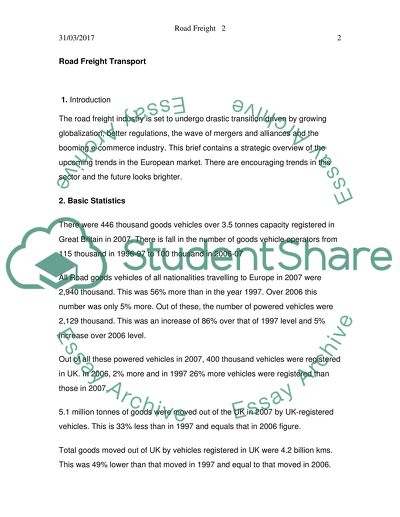Cite this document
(“Road Freight Essay Example | Topics and Well Written Essays - 2500 words”, n.d.)
Road Freight Essay Example | Topics and Well Written Essays - 2500 words. Retrieved from https://studentshare.org/sociology/1501748-road-freight
Road Freight Essay Example | Topics and Well Written Essays - 2500 words. Retrieved from https://studentshare.org/sociology/1501748-road-freight
(Road Freight Essay Example | Topics and Well Written Essays - 2500 Words)
Road Freight Essay Example | Topics and Well Written Essays - 2500 Words. https://studentshare.org/sociology/1501748-road-freight.
Road Freight Essay Example | Topics and Well Written Essays - 2500 Words. https://studentshare.org/sociology/1501748-road-freight.
“Road Freight Essay Example | Topics and Well Written Essays - 2500 Words”, n.d. https://studentshare.org/sociology/1501748-road-freight.


